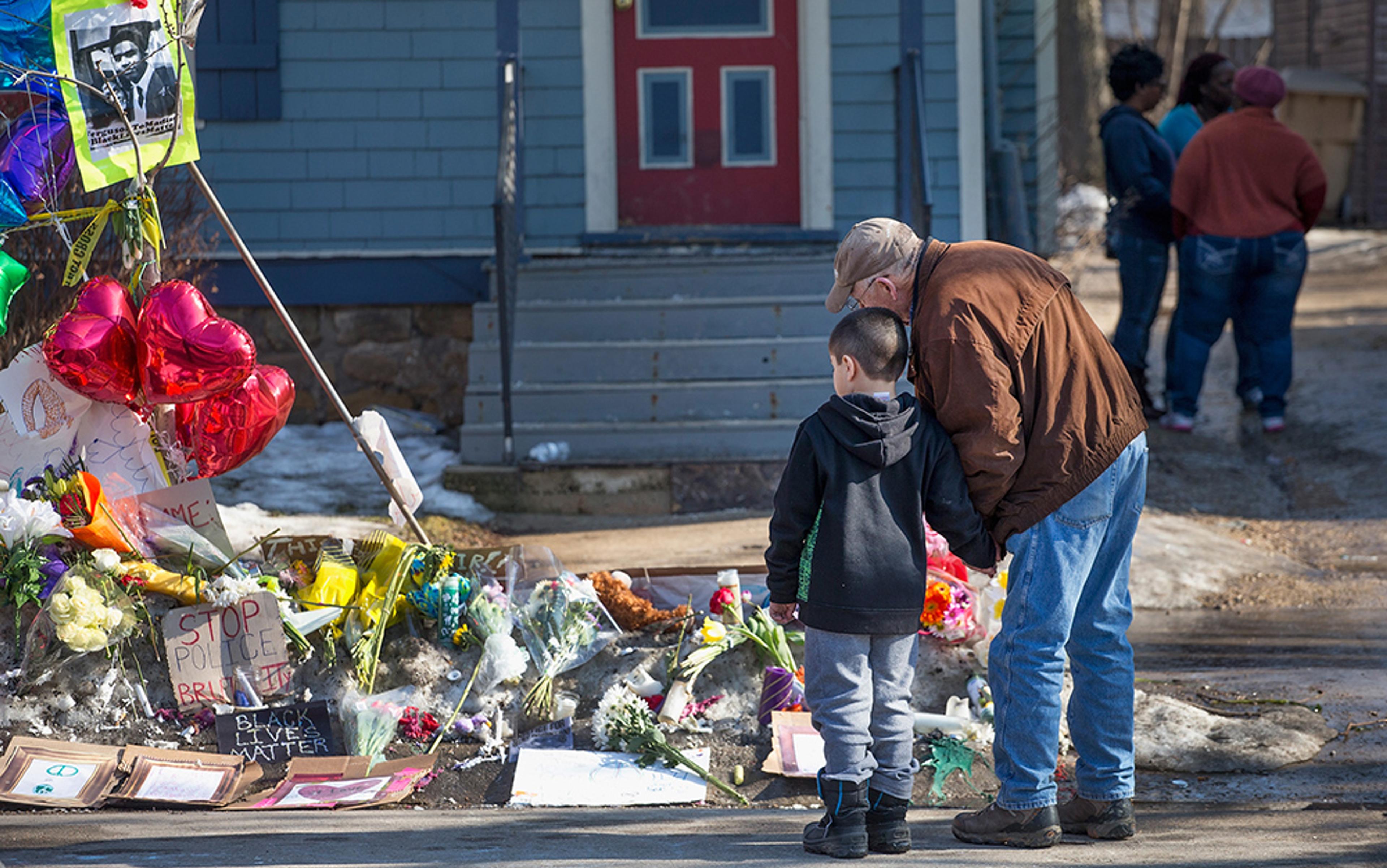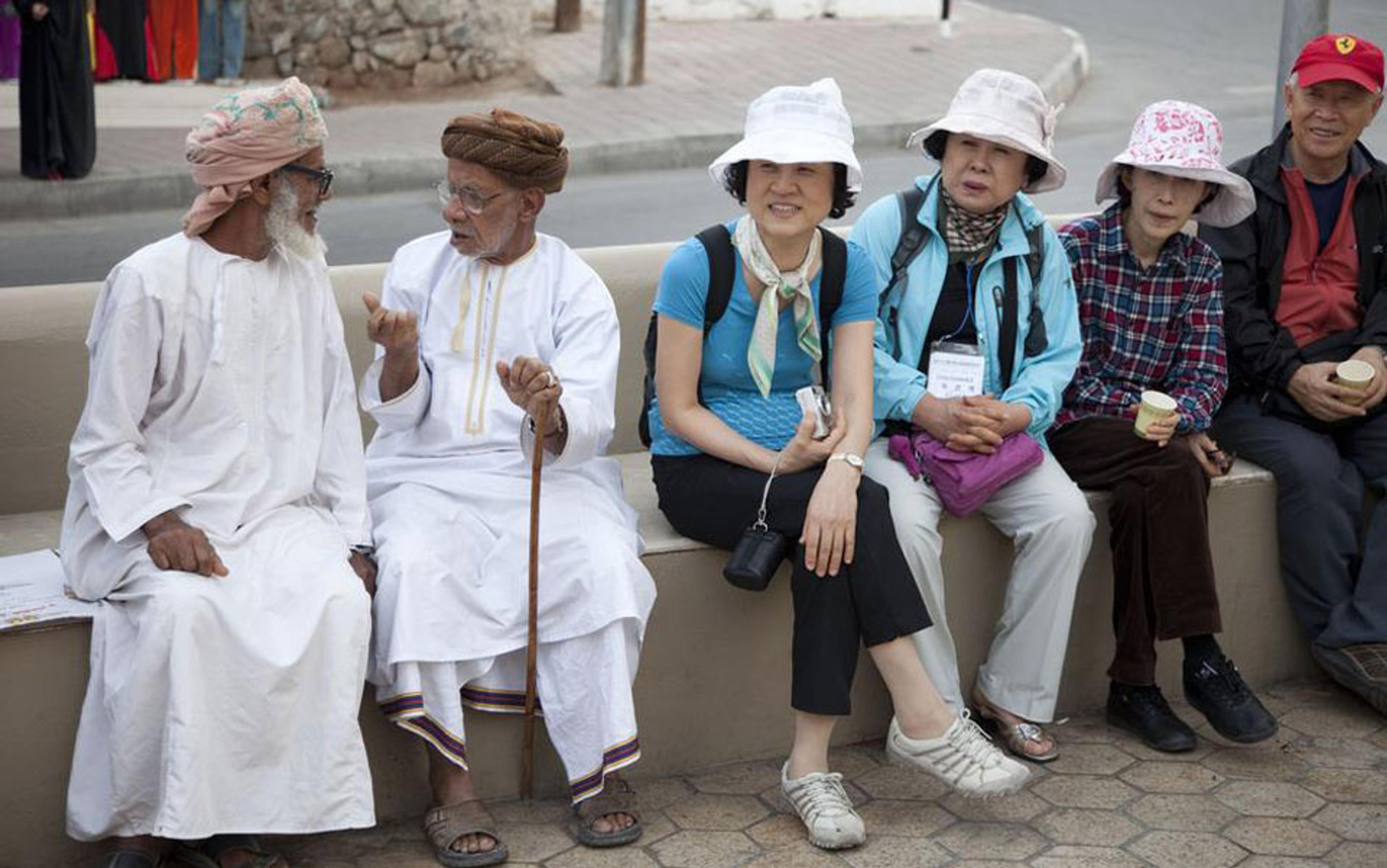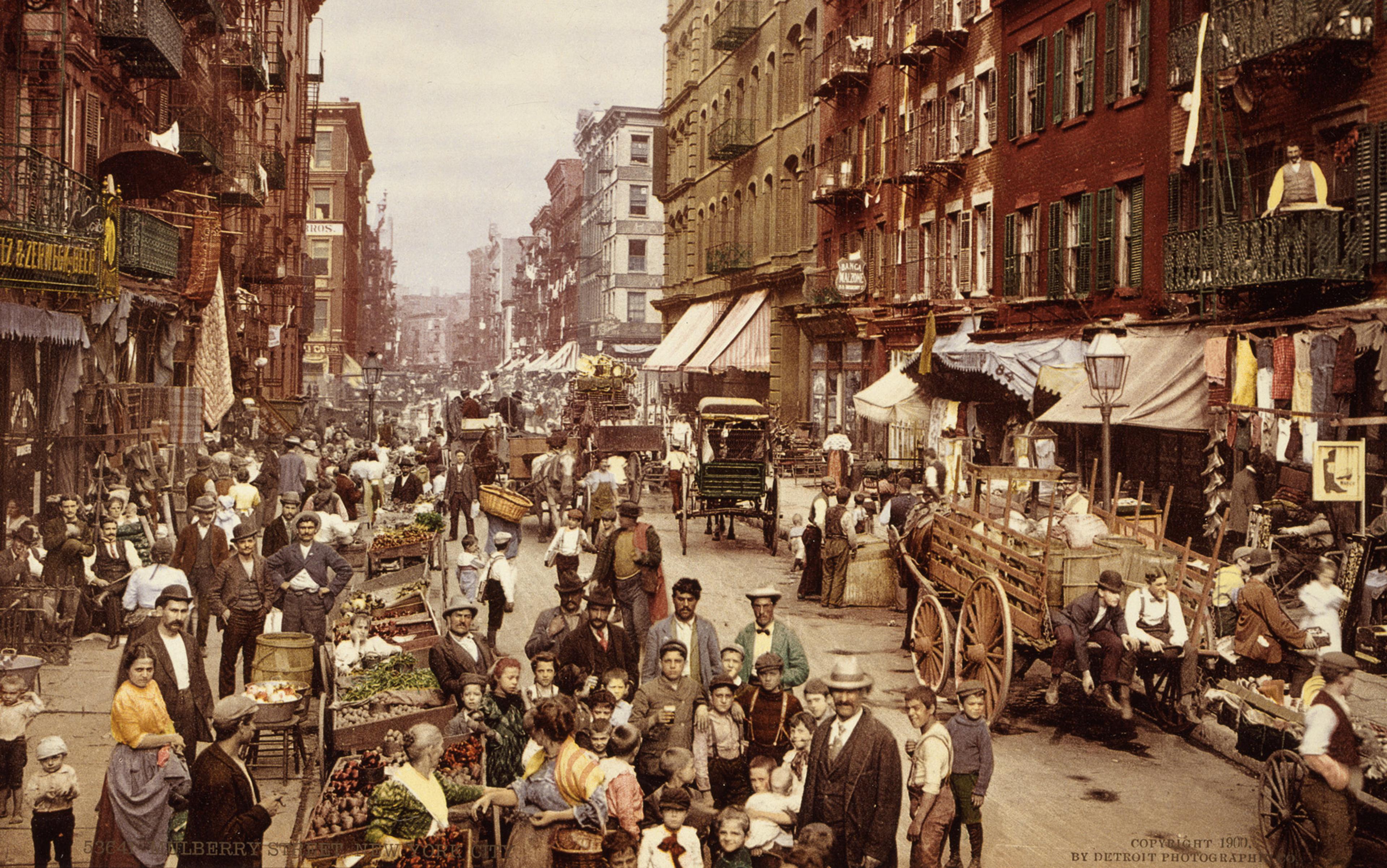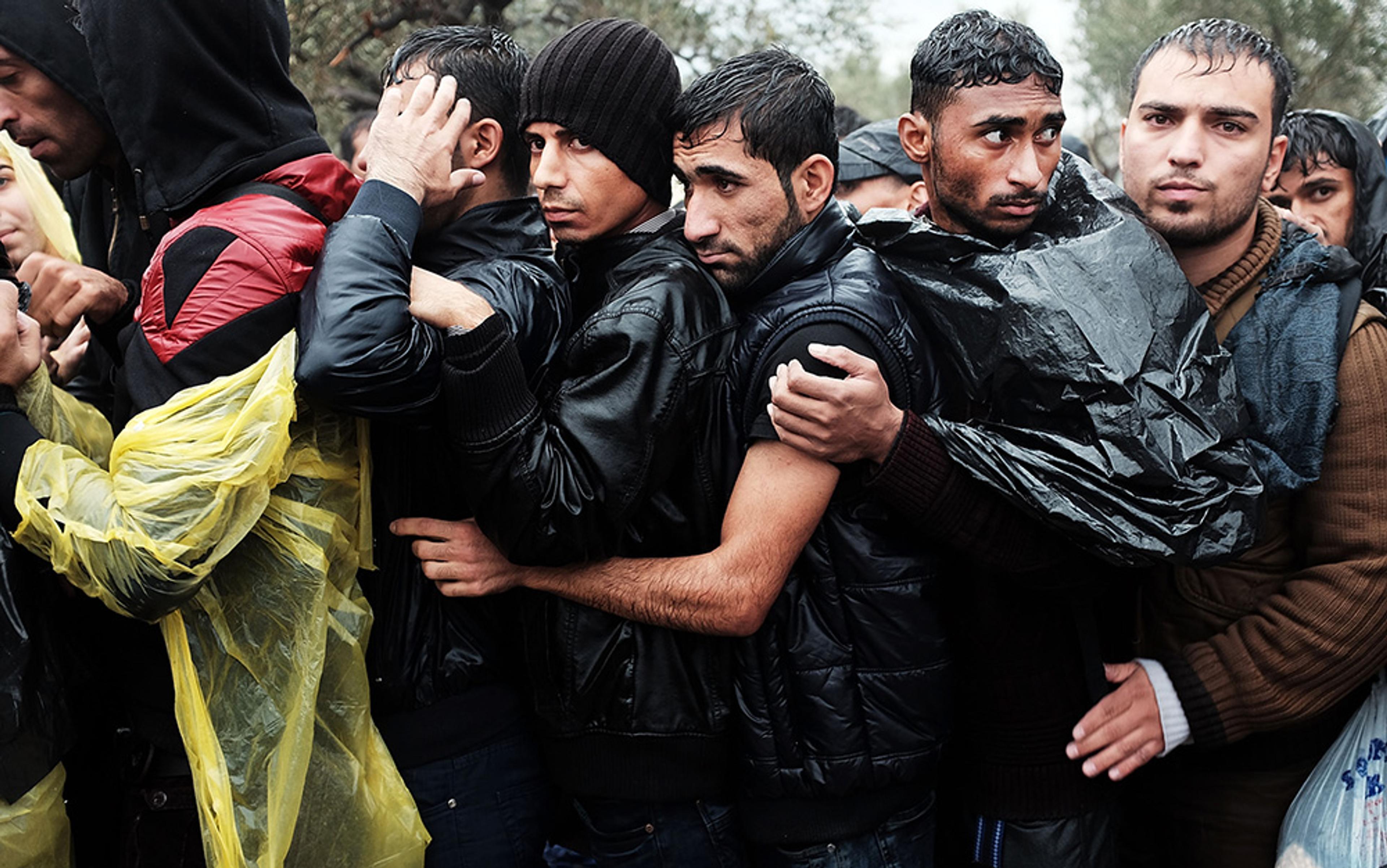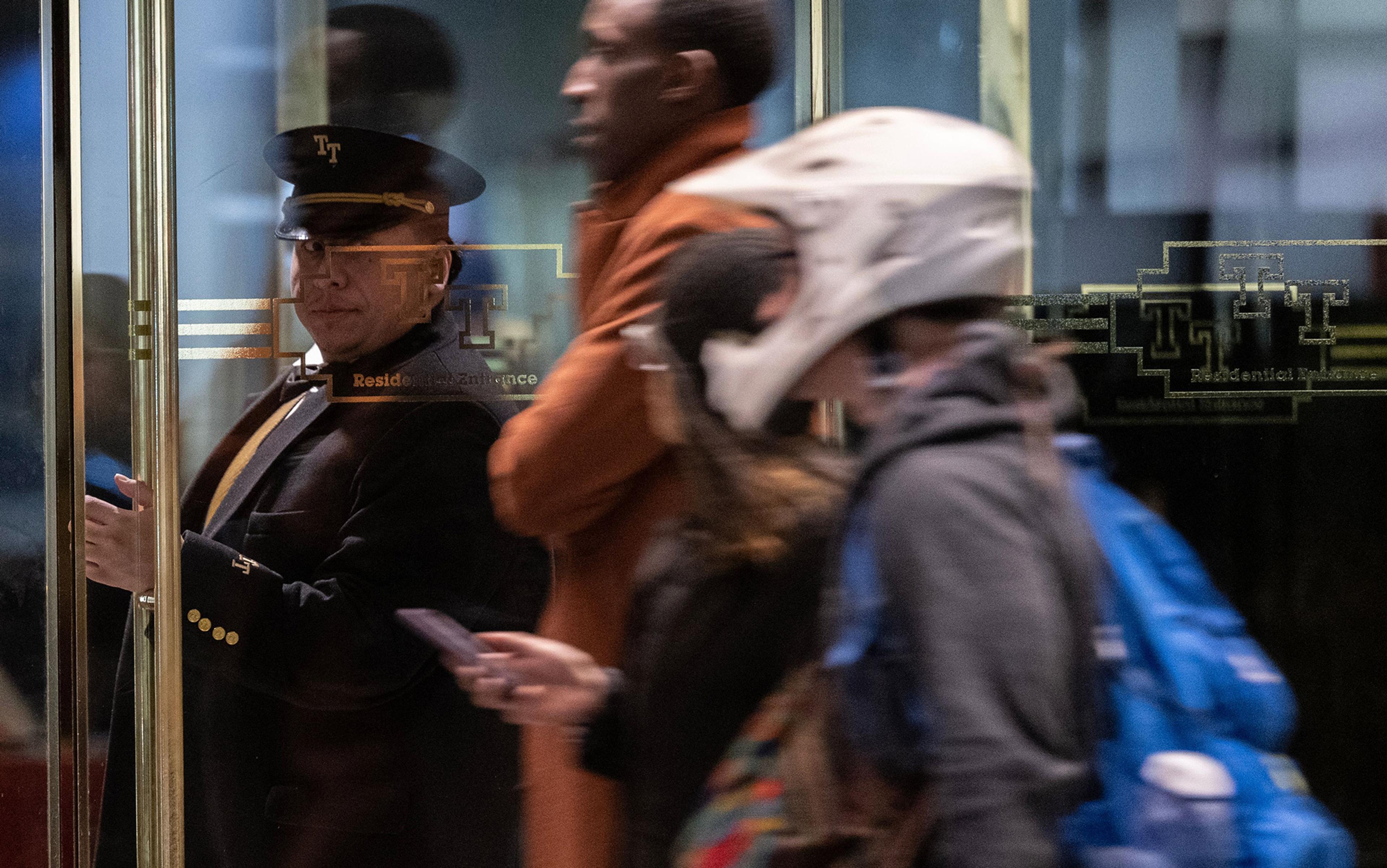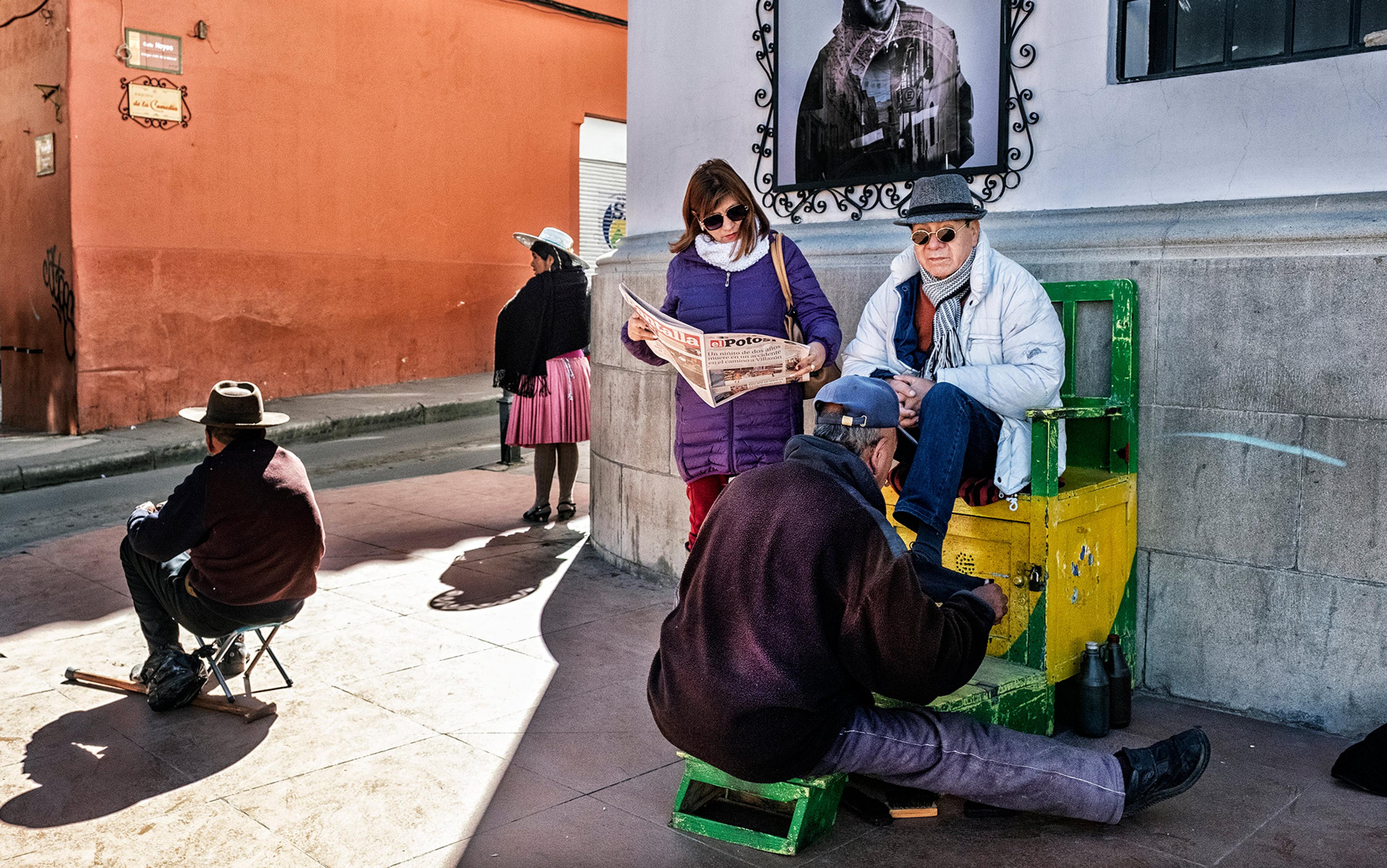Last spring in Madison, Wisconsin, I skipped my academic duties as a neuroscience graduate student to attend a protest demanding justice for Tony Robinson, a black 19-year-old who lived about a block away from me. Robinson was a local kid who often hung out skateboarding on Willy Street, the main drag of an especially crunchy, progressive part of Madison, home to an eponymous health food co-op.
In 2015, a police officer shot him dead in an apartment he shared with friends after responding to calls of someone acting erratically. Allegedly, Robinson was having a bad trip on hallucinogenic mushrooms, something not so uncommon in this hippie-friendly corner of town; but his friends had wanted him helped, not killed. After Robinson’s death, Madison’s black activist groups began mobilising against the same excessive use of police force that’s striking African Americans in other cities across the the United States.
On the morning of the protest, we marched from the site of Robinson’s death to the downtown Dane County Jail. There, a friend and I were sitting on the grass near the sidewalk, eating pizza provided by the protest organisers. We started talking to a fellow protester, a young white man, about the issue of black men and the police.
‘We have to fight because it’s not fair,’ he exclaimed, referring to the disproportionate policing of black people. ‘Because the police know that black men have more testosterone and that’s why they’re going into their neighbourhoods and antagonising them!’ I was shocked that someone – a probable racial ally – at a protest for another black man in the US murdered by the police subscribed to racist notions that black men had higher testosterone levels than white men and that this was the reason why increased policing of them was unfair. I realised that, in his eyes, black men get killed by the police only on account of their own brute biology.
There was an uncomfortable silence. My friend and I didn’t challenge his ‘facts’, but once he left, we reflected that racism could strike even in the most seemingly liberal of spaces.
Not all young white men think that black men have more testosterone, and thus are more prone to violence. But this is only one example of how white people can oscillate between ascribing both superhuman and subhuman traits to black people while forgetting the fact of our mere humanity. Racist stereotypes are often far subtler than those uttered to us that day – but the violence of these stereotypes remains real and concrete.
Perhaps the most insidious form of undercover racism is the racial empathy gap, a phenomenon backed by a massive amount of scientific evidence showing that all of us see other races as less sensitive to pain than ourselves. This perception has haunted the African diaspora for decades on end. Not only are black people routinely prescribed less pain medication by physicians than other groups when we’re hurt, but we’re often held to different standards of physical strength and treatment – such as when in 2014 the police officer Darren Wilson in Ferguson, Missouri characterised his victim, the teenage Michael Brown, as a ‘demon’ who could super-humanly resist the impact of multiple gunshot wounds before ultimately succumbing to death.
Aided by my background in neuroscience, I looked to the brain for answers on this strange phenomenon. As I drilled into the scientific literature, I found that researchers had used just about every neuroscience technique developed to detect emotion to also detect implicit (or unconscious) racial bias in the deepest parts of the body and brain. One of the earlier papers on the topic, published by a group of neuroscientists from Peking University in The Journal of Neuroscience in 2009, showed racially biased differences in cognitive and emotion-related brain regions, including the anterior cingulate cortex (ACC). One of the ACC’s functions is registering when you experience your own pain or empathy for another person’s pain. In the study, Chinese and Caucasian college students were shown video clips of both Chinese and Caucasian faces either in pain or not in pain as scientists conducted brain scans. The researchers measured increased ACC activity in the brains of those viewing painful expressions on the faces belonging to their own race, but decreased ACC activity when viewing pain in another race, uncovering a racially biased difference in empathetic response to pain in the brain.
The study found that people who showed more implicit preferences for faces of their own race also showed less reactivity to pain in someone from another race
In a 2010 study, published in Current Biology, a team led by the University at Bologna sought to quantify the racial empathy gap – how powerful was this force anyway? Toward that end, they worked with white native Italian and black African-Italian residents, asking them to undergo what’s known as the Implicit Association Test (IAT). They used a version of the IAT that measures implicit, or unconscious, preferences for black or white people by asking participants to quickly match up ‘good’ and ‘bad’-themed words with pictures of black and white faces to determine any unconscious association with either race. Then they asked participants to view video images of white, black, and violet-illuminated (for racially neutral) hands being pricked with a needle. While watching the prick, the volunteers were tested for their empathetic response via transcranial magnetic stimulation (TMS); the greater the reaction to the stimulation, the higher the empathetic response to the pain.
Interestingly enough, both black and white participants had an adequately empathetic response to seeing the violet hand being pricked. However, all of the participants – both black and white – failed to react as strongly to the pain of someone who was outside their racial group. The study also found that people who scored higher in racial bias on the IAT – meaning that they showed more implicit preferences for faces belonging to their own race – also showed less reactivity to pain experienced by someone from another race.
In a follow-up study published in Human Brain Mapping in 2013, some of the same researchers took fMRI brain scans of black and of white participants while they looked at the same video clips of violet, white, and black hands being pricked with a needle or with a cotton-wool bud. They found similar results; activity in a brain region called the insula, often tied to emotion and social experiences, was greater when viewing pain in a hand of the participants’ own race than the hands of another race – be it violet or not. Again, this greater empathetic brain activity for one’s own race was correlated with more implicit racial bias as measured by the IAT.
This was fascinating in light of another study, this one from the University of Milano-Biocca, in which subjects’ hands became sweaty in response to emotion or stress – something measured as the skin conductance response (SCR). White study participants sweated significantly less when viewing black people being pricked than when viewing other white people being pricked (their reaction to Asian people’s pain was somewhere in between). Reduced sweating for black people’s pain was yet again correlated with greater implicit racial bias on the IAT.
Then, in a study last year published in the journal SCAN, researchers from the University of Vienna took the pricked-hand videos and used electroencephalography (EEG), a technique that measures brain waves, to see if there were any racially biased reactions in the brain’s sensorimotor cortex – a part that processes sensation and motion. One of the things the researchers looked for was beta wave rhythm suppression, a measure of empathy that typically occurs when viewing another person in pain. When viewing the pricked white hands, the white participants in the study had stronger suppression of the beta wave rhythm than when viewing pricked black hands. Again, in this study, we see a measurable decrease in empathetic brain responses to the pain of other races.
These results were disturbing, but were they truly due to race alone? Scientists have documented this effect from numerous angles in regions of the brain comprising known empathy networks, but perhaps the gap in empathy wasn’t just about race, but also about how people identify with each other as fellow members of a group. For instance, fits of nationalism could lead to less empathy for those outside your country’s borders, or even less empathy for someone whom you know supports a rival sports team. Isn’t race just another group that people tend to rally around?
To answer this question, Luis Sebastian Contreras-Huerta, then at the University of Queensland, divided participants in the study into mixed-race teams. They were told they had been matched with people who shared attitudes and beliefs most similar to their own – and that other teams had members with attitudes and beliefs most different from theirs. The participants were then shown video clips of both Caucasian and Chinese people from both teams being touched with either a needle or a cotton tip while their brains were monitored by fMRI scanner.
When asked how similar they felt to team members, the participants showed both explicit and implicit preferences for members of their own teams, independent of the team member’s race. However, when researchers examined fMRI data, they found that brain activation in the insula was greater during periods of observation for same-race pain, regardless of team – in a similar finding to how the insula behaved in the white, black, and violet hand study. This study suggests that being on a team of people who share your beliefs doesn’t trump the effect of racial bias, at least as measured in the brain by fMRI.
the most damaging part of the racial empathy gap is that we bury it in the subconscious in layers of denial to protect our social reputation
I spoke to Contreras-Huerta about his findings, which were published in PLOS ONE in 2013. ‘Race is a particular [type of social group] bias because [unlike other types of social group bias] many people don’t think that they have that bias,’ he told me. ‘Most people say specifically that they are not racist.’
And that, in a nutshell, might be the most damaging part of the racial empathy gap – we bury it deep in the subconscious in layers of denial to protect our social reputation. We might explicitly deny our internal reactions, but implicitly we follow their whispered mandates right down the line.
The powerful impact of this implicit racial bias was brought out in 2014, when researchers from Northwestern University exposed African-American and European-American student volunteers to white or black male faces for an instant (3 per cent of a second) before reading a story about a patient’s pain. The idea was to expose the participant to the face without his or her conscious awareness, a concept known as priming.
Students primed by photos of white men before the story tended to rate the patient’s pain more highly than students primed to photos of black men. However, this effect was reversed when students were shown the faces for a full seven seconds prior to reading the story, more than enough time to consciously and explicitly register what they had perceived. Under that circumstance, they responded more to the pain of patients whose stories were accompanied by a black face, reversing the previous result.
Stereotypes such as the ‘strong black woman’ seem complimentary but also imbue the subject with a super-human burden
In the implicit part of this study, African-American participants were more sensitive than European-American participants in perceiving the pain of all individuals. At least in this study, black people seem to be more equitable in their evaluation of others’ pain, acting in a more race-neutral manner when unconsciously primed. In fact, the study emphasised that, especially for Americans of European ancestry, racial bias often operates under-the-radar, propelling them to act in a biased manner when they aren’t completely aware of their actions. But as they become more aware of race – seeing the black face for a full seven seconds before rating a person’s pain – they often acted in the opposite manner, overcorrecting to avoid the appearance of being racist by responding more empathetically to black people than to white.
All of these results are alarming, though hardly surprising to most black people. As a black woman, I’m acutely familiar with the score of stereotypes, such as the ‘strong black woman’, which seem to be complimentary but also imbue the subject with a super-human, detrimental burden that leads others to believe that you’re more equipped to endure pain and thus your feelings require less regard than others.
These stereotypes can be so pervasive that even black people can be affected, showing less empathy for each other that they do for white people. A study in PLOS ONE in 2012 from the University of Virginia found that both white and black people rated black people as feeling less pain. The researchers write that this effect correlated with perceptions of social status or perceived hardship – in other words, those who have faced harder circumstances in life might be perceived by others (both black and white) as being more resistant to pain. Of course, enduring difficult times doesn’t mean that someone is now less capable of feeling pain and, while social circumstances dictate a different life experience for black people, not all black people have a life of hardship significantly different from white people. But regardless, this bias in perceived black pain still has real effects in the decreased administration of necessary pain medication and in the increased use of violent police force against black people.
The effects can be so pervasive they aren’t limited to adults, and not even to the brain. In 2014, Rebecca Dore, a developmental psychologist now at the University of Delaware, and colleagues asked children, most of them white, to rate the pain level felt in different situations such as bumping their heads or biting their tongues. The children rated how much pain they would feel, as well as how much pain another child, black or white, might feel in the same situation. Dore discovered that children as young as seven tended to rate black children’s pain as less than white children’s pain. By age 10, the racially biased response on the test was reliable and strong. But notably, it did not match up with the children’s self-reported likelihood to be friends with a child of another race, showing that even young children show this line of demarcation between conscious and unconscious racial bias.
‘We often have these ideas that children are colour blind and that they love everyone and that they don’t see race and that if you don’t talk to them about it, maybe they won’t notice it and everything will be okay,’ Dore told me in a phone interview. ‘But that’s clearly not the case. Children have these biases really early… it’s important for us when we think about ways to increase empathy across both children and adults to talk to children and recognise these biases early on.’
The above studies take on stark relevance in situations already infused with violence – scenarios such as the one in Madison the day that Tony Robinson was shot instead of aided by the police. But a final group of studies shows that one of police officers’ major concerns in the line of duty – their fear of dying – can heighten racial bias even more.
Some of the best evidence comes from Peking University, where scientists used fMRI to scan the brains of Chinese college students as they viewed images of Asian and Caucasian faces with either neutral or pained expressions. Before viewing the images, some students were primed with rapidly flashing statements specifically about death, such as ‘My body would rot after death’. Others were primed with negative statements unrelated to death, for instance, ‘The coming exam makes me uneasy’.
Later, researchers examining the data found that Asian students who were primed with thoughts of death had greater empathetic response to the pain of other Asian faces than to white faces in two specific regions of the brain, the anterior cingulate cortex (ACC) and the nearby mid-cingulate cortex, reflecting work that came before. The study, published in NeuroImage in 2015, documented the powerful impact that thinking about death, otherwise known as ‘mortality salience’, has on the empathy gap between races, a chasm with obvious relevance to police on call.
When white test subjects were primed with photos of five-year-old black boys, they were far more likely to mistake objects such as toys for guns – or even to see guns when there were none
The last straw is a study from the University of Iowa published in Psychological Science in February 2016. Incredibly, the researchers found that when white test subjects were primed with photos of five-year-old black boys, they were far more likely to mistake objects such as toys for guns – or even to claim to see guns when there were none. In sharp contrast, when subjects were primed with photos of five-year-old white boys before seeing the objects, the effect reserved, as they were more likely to mistake guns for toys. These findings are ominous for black children, because it shows that youth does not mitigate their potential to become targets of racist events, as in the case of the 12-year-old Tamir Rice, a young black boy carrying a toy ‘BB gun’ in a park in Cleveland, Ohio, whom the police shot in less than two seconds after arriving on the scene.
All this means that the average police officer has quite a lot to deal with in terms of preventing racially biased actions. The studies are numerous and conclusive – we have a significant race problem in empathy. While it will be hard for most of us to know whether or not our brains are reacting equitably in situations that call for empathy, it should be easier to build concern and care for people of other races on a conscious level. Cultivating a more diverse group of friends and engaging in some perspective-taking exercises, mindfully acknowledging the similarities between yourself and others, seem like good steps in the right direction.
